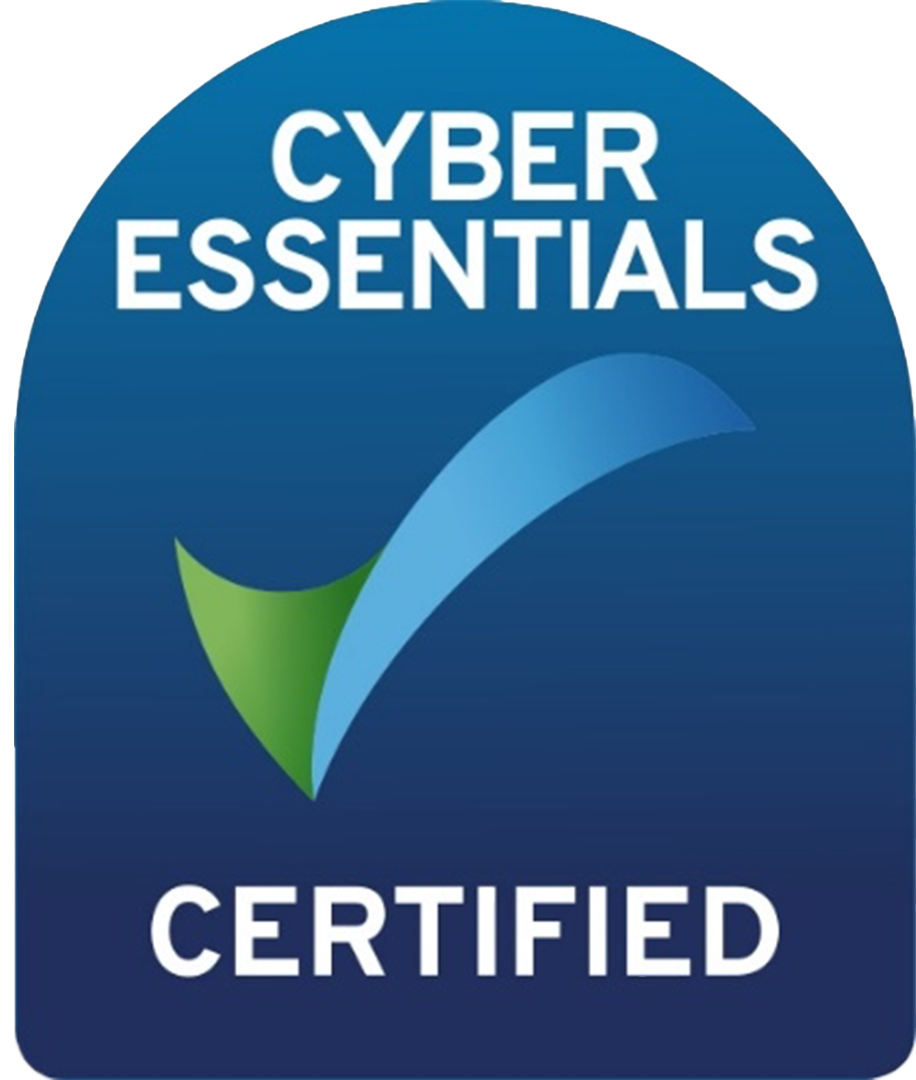Making Great First Impressions
Elizabeth Herr • April 30, 2021
It takes as little as two seconds to form an impression of someone you meet for the first time.
Across several studies, participants were asked to give their impressions of teachers based on recorded video clips. The participants’ impressions were the same, whether they saw clips lasting five minutes or less than thirty seconds.
From the research, it is clear that first impressions are based primarily on body language or non-verbal behavior. They are formed before people even say a word.
Body language constitutes at least 50% of our overall communication. It is critical then, that we are intentional about how we make first impressions.
True, we can’t control what others think of us, but we can control how we present ourselves to them.
Here are ten power tips to ensure that the first impression we make is a great one.
Part 1: Your Attitude
1. Be intentional
If you would like to:
- have more control over what others think about you,
- bring your best to each meeting, and
- be even more effective when engaging with clients, then
Ask yourself:
"What impression do I want to create? ”
By asking this question, you can be intentional in the body language cues you send out. Being intentional puts you in a different mindset, which has a positive effect on your interactions.
Depending on the type of interaction, you may want to present yourself as competent rather than overly warm. You can do this by making sure you display a confident posture, chin up, shoulders relaxed and arms in a comfortable position by your side. Smile, but limit the amount of smiling you do.
You may want to come across as professional, but also friendly and engaging. You can do this by making sure you display confidence, smile more and tilt your head slightly during the conversation.
The key is to display clear non-verbal signals that are congruent with what you want to present.
2. Be confident
We are more inclined to put our trust in someone who comes across as confident versus nervous. Display a confident posture (as mentioned above) and a warm smile. Don’t feel like smiling? - NEVER put on a fake smile; people see through it. Instead, think of something that made you happy in the past and let the smile happen naturally. Do this BEFORE your interaction.
Check your vocal confidence. When nervous, we tend to speak in a higher tone. Take a breath and speak slightly slower and lower to sound more confident.
3. Expect to like the person
When we expect to get along with others, we stand a better chance of actually liking them. Expectations affect how we feel about situations as well as what cues we display. When we show that we like the person we engage with, they are more likely to reciprocate.
4. Be interested
Similarly, when we are interested in others, they feel valued and noticed. When they feel valued, they are more inclined to like the person who made them feel that way.
Part 2: Your Behavior
5. Show your hands
Our hands are our trust indicators. ‘Showing your hand’ puts people at ease. Don’t place your hands in your pockets or under tables. Your hand gestures also emphasize your message and intentions if they are congruent with the words spoken.
6. Make appropriate eye-contact
In a Western context, eye contact is a sign of respect and confidence, but don’t make it uncomfortable. Some people feel more uncomfortable with longer gazing; making eye-contact for 70% of the time would be considered comfortable. Keep your gaze to the eyes and area above the nose to come across as more confident and professional.
7. Shake on it
Offer a handshake to whomever you meet. The handshake is a ritual that, if done well, can show confidence and establish a great connection in a short timeframe. The handshake also combines ‘showing hands’, a warm smile and eye-contact.
Make sure that your handshake is:
- vertical (don’t have your palm up or down)
- firm, and
- that your hands are dry!
8. Give your full attention
Make sure that you face the person you are talking to - and be sure to point your feet in their direction (especially if it’s just two of you).
Tilt your head slightly to show that you are interested. And be genuinely interested - don't think about what you’re going to say next before they stop talking - you may miss vital information when you tune out!
9. Touch
During a conversation, some people are more physical. Although this may be appropriate at times, be aware of the need for personal space. Make sure that you restrict any touching to the arm, and if in doubt, then don’t touch.
Part 3: Your Person
10. Grooming
- Bring the best of yourself.
- Make sure that your overall presentation is excellent. Oversights on your part may cause others to make an unjust judgment on you.
- Ask yourself questions such as:
- Is what I am wearing flattering and contextually appropriate?
- Are my shoes clean?
- Do I need a breath mint?
- Do I need deodorant?
To conclude, being deliberate in how you come across gives you more control over the first impressions made about you. Although this is not a comprehensive list, these tips provide a great platform. As learning is a process, pick one tip to work on at a time. Do this until it feels natural before trying another.
Find the job you love I Find the right talent
Get in touch with people2people
Australia
I United Kingdom
In business since 2002 in Australia, NZ, and the United Kingdom, people2people is an award-winning recruitment agency with people at our heart. With over 12 offices, we specialise in accounting and finance, business support, education, executive, government, HR, legal, marketing and digital, property, sales, supply chain, and technology sectors. As the proud recipients of the 2024 Outstanding Large Agency and Excellence in Candidate Care Awards, we are dedicated to helping businesses achieve success through a people-first approach.
Recent articles









